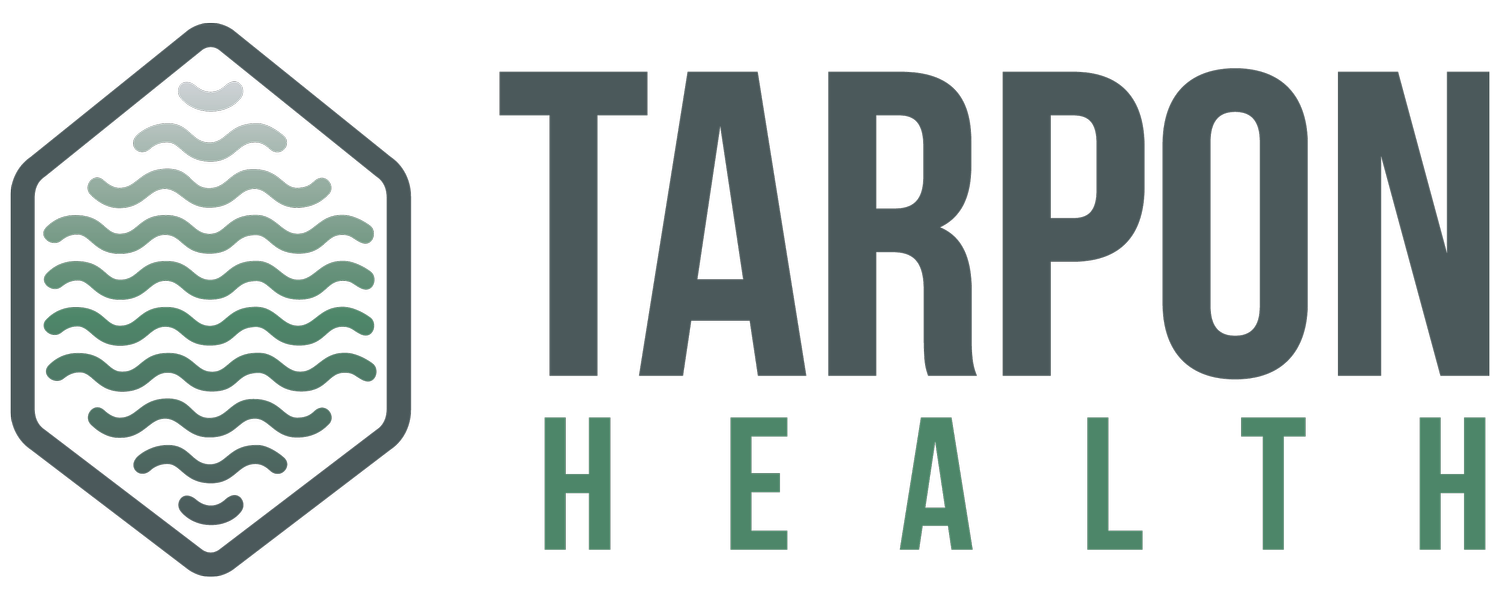A Guide To Designing RCM Automations
Welcome back to Tarpon Health's Automation Lifecycle series, where we share best practices for developing Revenue Cycle Management (RCM) automations. In our previous blog, we delved into the significance of the Identify phase, covering crucial elements such as educating stakeholders, establishing an intake process, analyzing data for trends, evaluating feasibility, and prioritizing automations for impact.
In this blog, we guide you through the intricacies of the next phase - Design. The Design phase is the stage in the automation journey where processes are thoroughly evaluated, technical approaches are selected, inputs to the automation are refined, and the details are packaged for developers. By the end of this phase, developers will have everything they need to start building.
Why the “Design” phase of the Automation Lifecycle matters
The Design phase stands out as one of the most important stages in the Automation Lifecycle, playing a critical role in shaping reliability and ensuring long-term success. Well-designed automations guarantee cost savings, heightened efficiency, and improved accuracy. Conversely, poorly designed systems are prone to frequent breakdowns, increased maintenance costs, and a gradual decline in team confidence. To set the foundation for a resilient and effective automated process, it is crucial to approach this phase with the right expertise and diligence. That’s why we recommend dedicating a Solution Architect to manage all aspects of the automation's design, ultimately making your team more productive and effective.
To effectively design an automation in RCM, follow these steps:
Thoroughly Document the Process
Thoroughly documenting the underlying process begins with shadowing subject matter experts. The key to an effective shadowing process starts with setting clear expectations and goals. Once initiated, have the subject matter expert articulate every step, explaining the rationale behind it, the required information, and the purpose of the overall process. A comprehensive understanding of the systems, steps, and any exceptions is also essential.
Upon completing the shadowing process, the next step involves creating two process maps. A process map serves as a crucial tool for transferring knowledge across stakeholders, particularly benefiting the development team. The two process maps are outlined below:
Current State: The process is mapped as an exact representation of the manual process performed today. Current state process maps are shown with no predetermined or upstream improvements.
Desired State: The process is mapped as a streamlined representation, better suited for automation implementation and sustainability. The process may feature fewer steps or showcase improvements.
These process maps are invaluable in conveying the intricacies of the existing process and the envisioned enhancements, facilitating a seamless transition from manual to automated workflows.
Choose a technical approach
With a comprehensive understanding of the underlying process, teams can plan and select the most suitable technical approach for the automation solution. Organizations should prioritize addressing upstream process improvement opportunities, reducing the number of steps the automation will undertake, and ensuring stable integrations.
In practical terms, this involves making adjustments and configurations to the underlying systems, assessing the optimal method for data transfer, and ensuring that the desired state involves the automation taking the most efficient steps possible (e.g., minimizing the number of steps/decisions). For complex automations, breaking the process into two distinct ‘modules’ can simplify both the build and maintenance phases.
Create and validate the inputs
Isolating the correct population and validating exceptions represents another critical step, ensuring that only the relevant data is included in the automation and thereby eliminating errors or unnecessary work.
The process of isolating the correct population typically involves collaboration with IT and a knowledgeable report writer to construct a report or worklist encompassing all the fields necessary for the automation to run through completion. For instance, if the automation requires name and date of birth (DOB) to look up a claim, these details must be included in the report.
After the report is drafted, organizations need to take the crucial step of validating the accounts with subject matter experts to confirm the accurate capture of the population in the export and to address any exceptions. This necessitates deep discussions and iterative processes. The accuracy of the isolated population becomes more apparent when running it through the automation.
Consolidate all Design Documentation for Developers
Now that you've mapped the process, chosen a technical approach, and refined the population, it's time to consolidate everything for the development team and governance. A common tool used for this purpose is the Process Definition Document (PDD). The PDD captures all the essential details from the design activities, including process maps, business logic, and exceptions.
Governance Approval
Once you have completed the process of designing your RCM automation and gathered all the necessary details, it's time to present the proposal to governance for approval. This step is crucial to ensure that your automation aligns with the organization's strategic goals and priorities.
Consolidate all your design details, including process maps, data inputs, population isolation, account validation, and any other relevant information. Present this information to governance clearly and concisely, highlighting the benefits and potential impact of the automation on revenue cycle management processes.
During the presentation, continue to involve stakeholders and address any concerns or questions that may arise, such as those related to infrastructure and security. It's important to ensure that nothing has changed with the process or the business priorities if a considerable amount of time has passed since the design completion and the approval meeting. This collaborative approach will guide your automation toward successful implementation.
The "Design" phase is crucial, dictating the reliability and long-term success of automation. By following the best practices outlined above, organizations can improve efficiency and accuracy, maximizing the benefits of their automation program.
Ready to start your automation journey? Tarpon Health can help you create a seamless, profit-forward RCM automation strategy that delivers long-term success. Contact us now to learn more.

